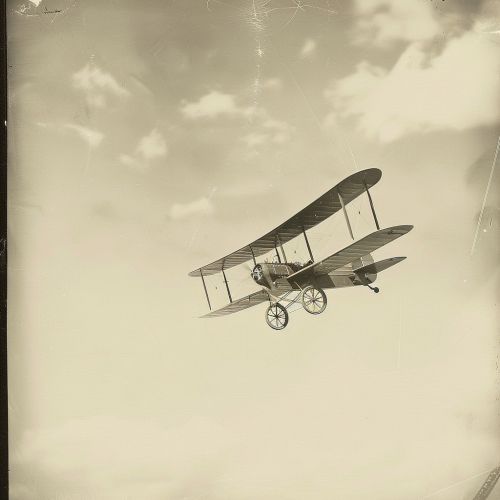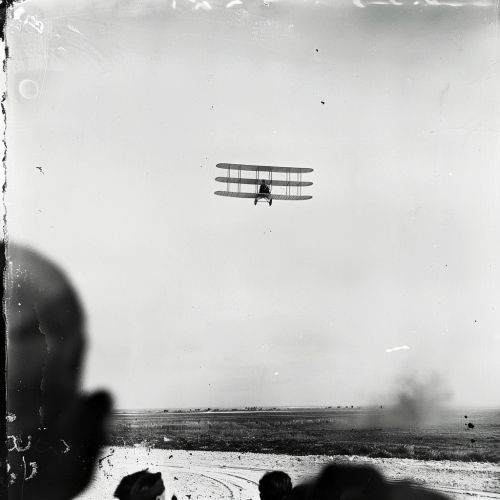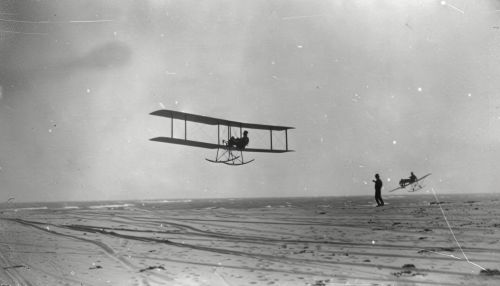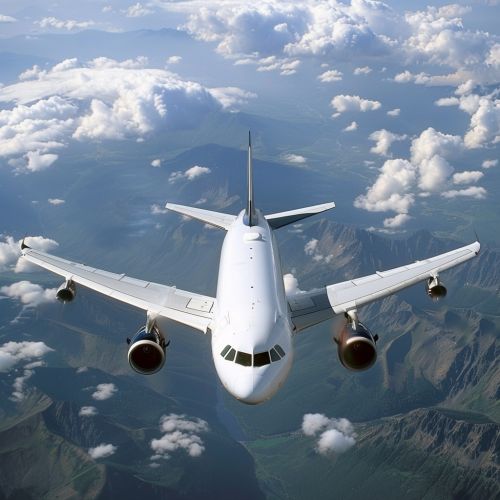Aviation
History of Aviation
The history of aviation extends more than two thousand years, from the earliest forms of aviation such as kites and attempts at tower jumping to supersonic and hypersonic flight by powered, heavier-than-air jets. It is a story of pioneers, and of the technological advances that made their daring flights possible.


Early Beginnings
The dream of flight can be traced back to ancient times. In the ancient world, there are numerous accounts of flight such as the Greek legend of Icarus and Daedalus, who used wings to escape from the island of Crete. The Chinese used kites for communication, religious ceremonies, and recreation. There are also legends of man-carrying kites in ancient China.
Balloons and Airships
The first practical flights were achieved with lighter-than-air crafts such as hot air balloons and airships in the 18th century. The Montgolfier brothers in France made the first manned flight in a hot air balloon in 1783. This marked the beginning of the balloon era, where balloons were used for military surveillance, scientific exploration, and transportation.
Powered Flight
The 19th and early 20th century saw the development of the first powered aircraft by pioneers such as Samuel Langley, the Wright brothers, and Glenn Curtiss. The Wright brothers' first powered flight in 1903 is recognized by many as a pivotal moment in aviation history.


World Wars and Aviation
The two World Wars accelerated the development of aviation technology. Aircraft played a crucial role in the wars for reconnaissance, bombing, ground support, and transport. The jet engine was also developed during this time, leading to the jet age.
Commercial Aviation
The advent of the jet age also brought about the growth of commercial aviation. Airlines such as Pan Am and British Overseas Airways Corporation (BOAC) began to operate transatlantic flights. The development of the Boeing 747, the first wide-body aircraft, ushered in the era of mass air travel.
Modern Aviation
Modern aviation has seen the development of more efficient and faster aircraft. The supersonic Concorde and the ultra-efficient Boeing 787 are examples of modern aviation technology. Unmanned aerial vehicles (UAVs), or drones, have also become common, used in everything from military applications to aerial photography.


Future of Aviation
The future of aviation may include supersonic or hypersonic travel, further efficiency improvements, and increased use of drones for various applications. The advent of space tourism could also be seen as an extension of aviation.
